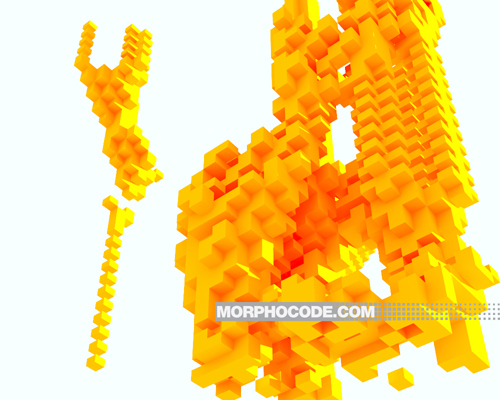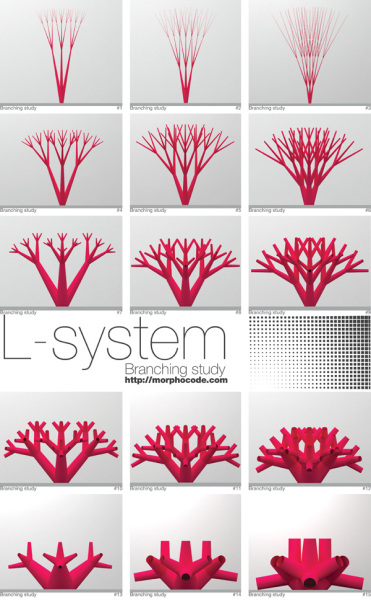if anyone is interested in Cellular Automata/conway’s game of life/L-Systems/space-filling curves in grasshopper, here’s a plugin to check out!
Author: Annie Locke Scherer
Human UI & Quelea plugins

https://www.food4rhino.com/app/human-ui
Check out Human UI for making aesthetically pleasing, interactive scripts. Might be helpful for when you’re making videos next week?
Also Mia found Quelea – agent based systems in grasshopper plugin form:
https://www.food4rhino.com/app/quelea-agent-based-design-grasshopper
https://www.food4rhino.com/app/quelea-agent-based-design-grasshopperhttps://www.food4rhino.com/app/quelea-agent-based-design-grasshopper
For all the space frame lovers out there
Studio 09 Pinterest board
Pablo and I have started a Studio 09 Pinterest board, and will be adding inspiration weekly based on relevant discussions in our tutorials. Feel free to contribute with your pins as well!

Marc Fornes
MARC FORNES / THEVERYMANY
Entrance to Rhode Island College’s Fine Arts Center
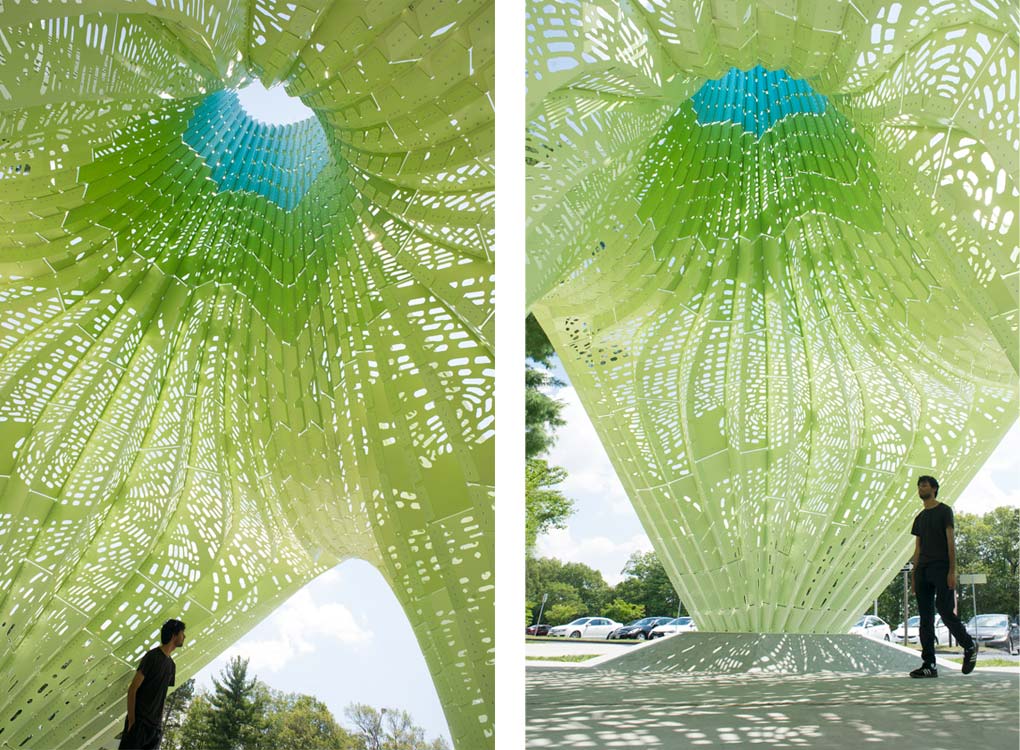
Troxes Origami Building Blocks
Lego meets Origami. Troxes are triangular, interlocking building blocks. One shape, infinite possibilities.
Suggestive, not literal architectural drawings
We’ve been discussing a lot the idea of how to represent your second project so that they have an architectural language (but perhaps not literal sections in a building with floor slabs and people). Here are two references we were showing around, so you have the links. Happy section making!
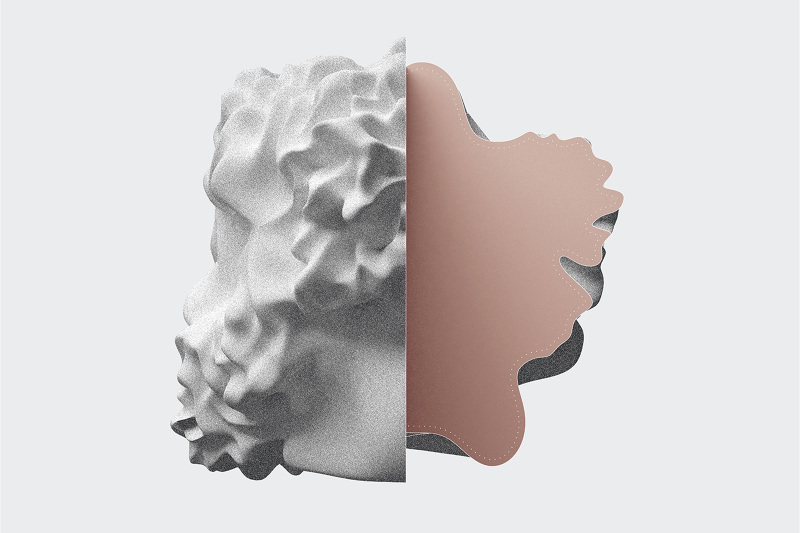
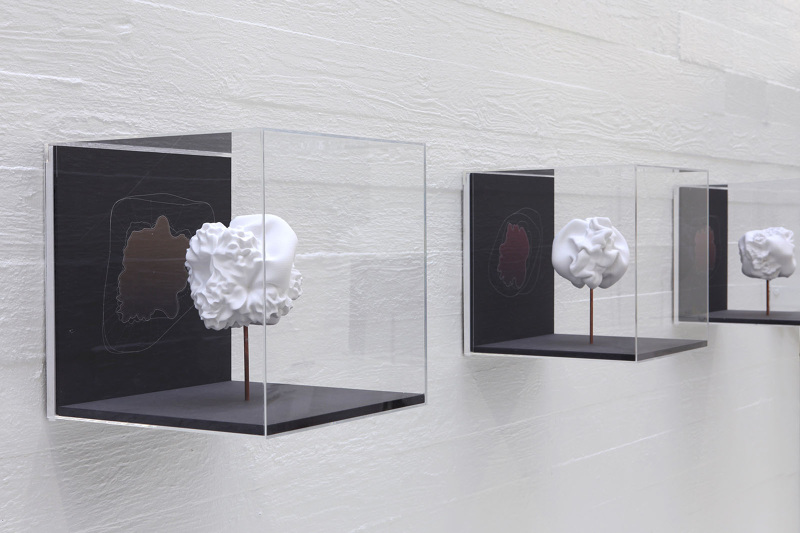
Taming the Erratic, Daniel Norell + Einar Rodhe
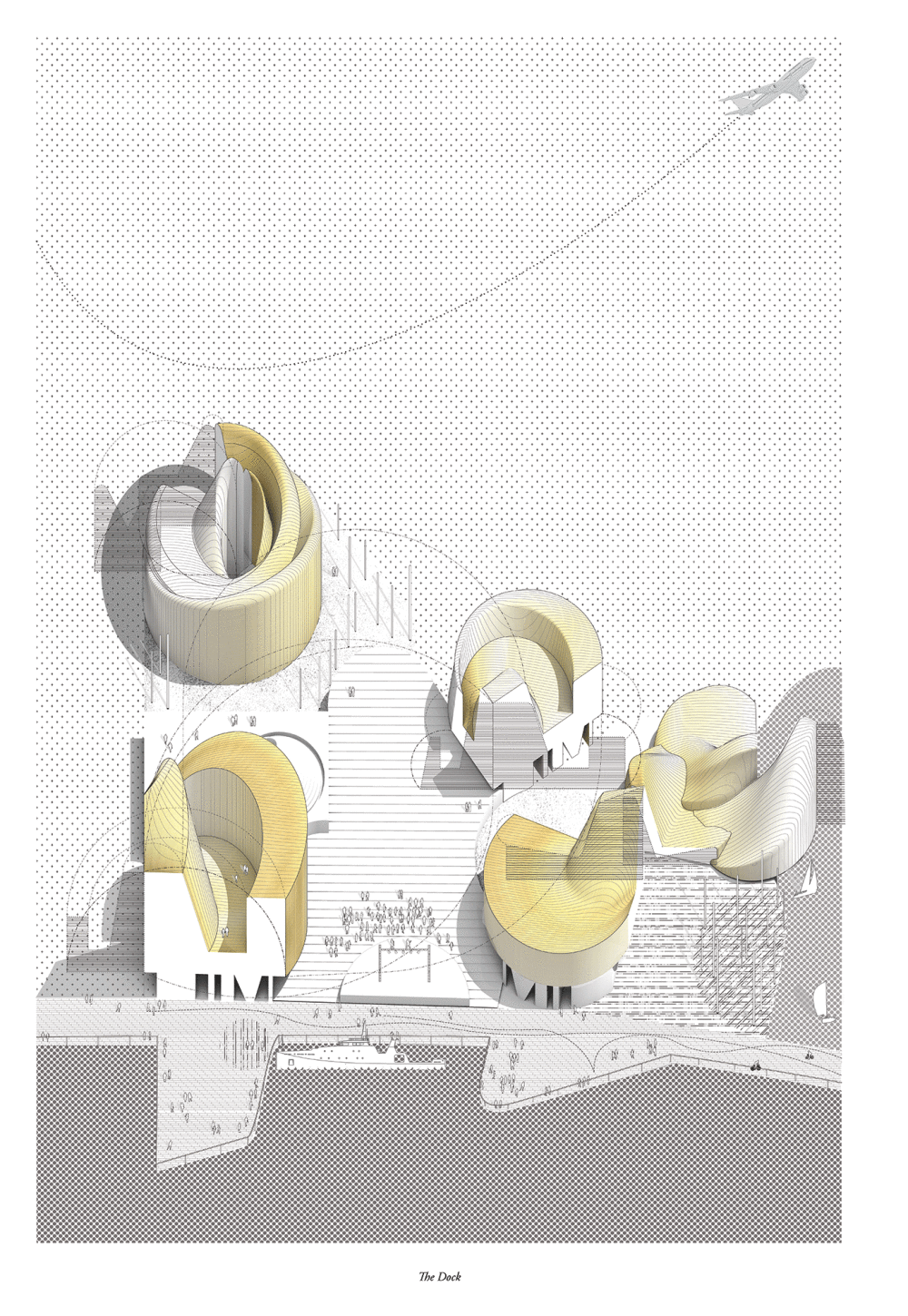
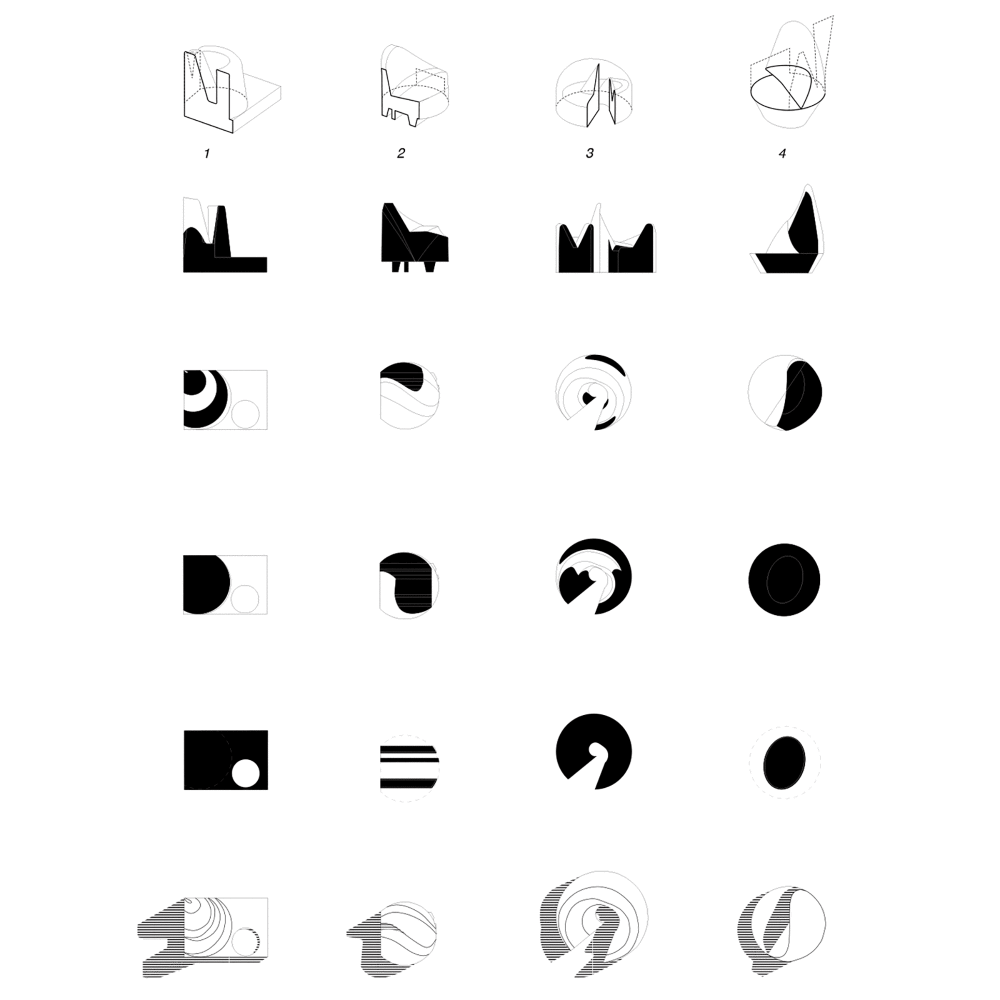
The Next Port of Call, Bair and Balliet, 15th architecture biennale, Venice 2016
http://bairballiet.com/THE-NEXT-PORT-OF-CALL-2016
dfabhouse.ch launch!
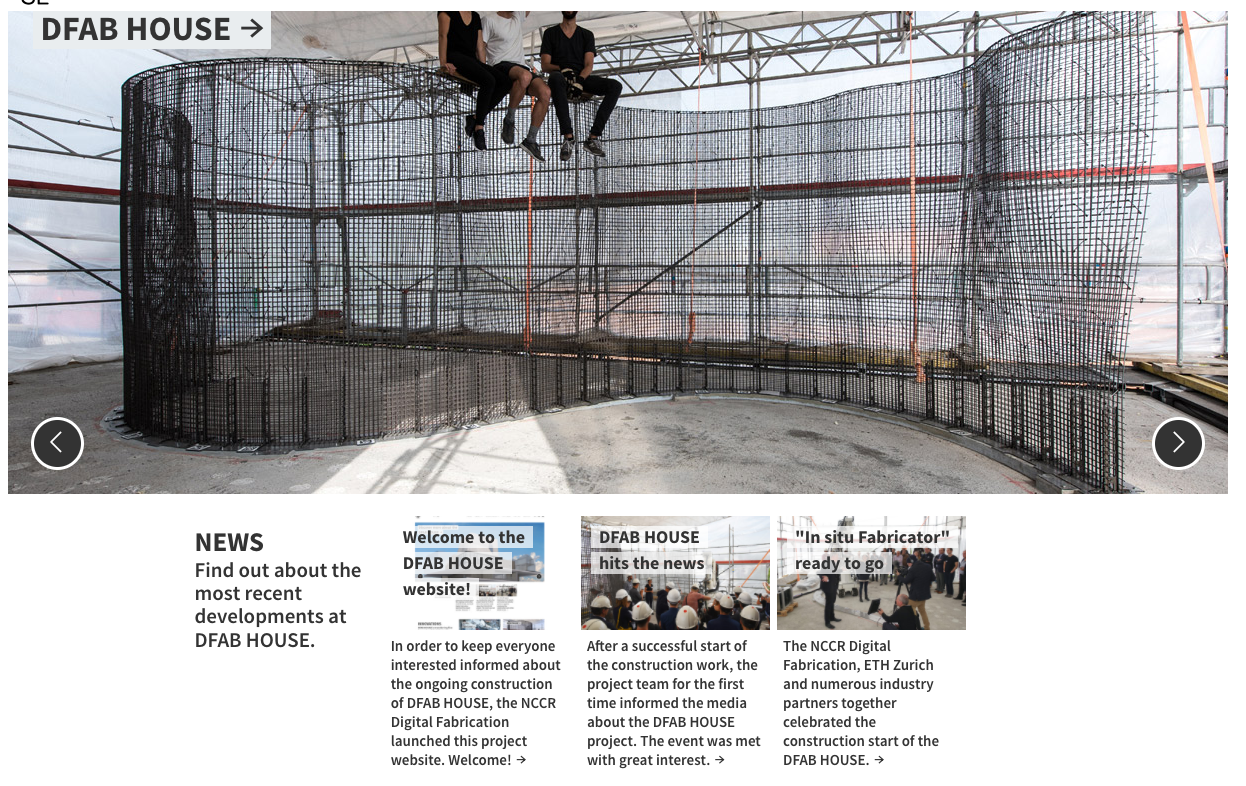
ETH’s NCCR Digital Fabrication has launched a project website. The website has detailed information about the project’s design concept, its building site NEST, and all of the architecture and construction innovations which are being transferred for the first time from the laboratory to a real construction project: the “In situ Fabricator”, “Mesh Mould”, “Smart Slab”, “Smart Dynamic Casting”, and “Spatial Timber Assemblies”
Fabricate texts available for download

The FABRICATE team is delighted to announce that all three volumes of the FABRICATE publications (2011, 2014 and 2017) are now available as FREE e-books through UCL Press. Check the many projects where Rhino and Grasshopper were involved!
http://blog.rhino3d.com/2017/11/all-fabricate-publications-now.html
Processing Class Balls
Script for very simplistic bouncing mechanics & using classes

int number = 20;
int a = number-1;
int i;
Ball[] balls;
int rad=20;
void setup()
{
background (255);
size(500, 500);
noStroke();
fill(0);
balls = new Ball [number];
for (i = 0; i < number; i++)
{
balls[i] = new Ball(random(0, height), random(0, width), rad, rad, random(-2, 2), random(-2, 2), i, balls );
}
}
void draw()
{
background (0);
for (Ball bal : balls) {
bal.update();
bal.bounce();
bal.display();
}
}
class Ball
{
float b;
float c;
int sizex;
int sizey;
float incrementx;
float incrementy;
int id;
Ball[] others;
Ball(float btemp, float ctemp, int sizextemp, int sizeytemp, float incrementxtemp, float incrementytemp, int idtemp, Ball[] otherstemp)
{
b=btemp;
c=ctemp;
sizex=sizextemp;
sizey=sizeytemp;
incrementx=incrementxtemp;
incrementy=incrementytemp;
id=idtemp;
others=otherstemp;
}
void update()
{
if (b > width || b < 0)
{
incrementx=-incrementx;
}
if (c > height || c < 0)
{
incrementy=-incrementy;
}
b += incrementx; //add incrementX to posX
c += incrementy; //posY
}
void display()
{
fill(255);
ellipse(b, c, rad, rad);
}
void bounce()
{
int j;
for (j=id; j<number; j++)
{
float db= others[j].b – b;
float dc= others[j].c – c;
float distance = sqrt(db*db + dc*dc);
float minDist = others[j].sizex/2 + sizex/2;
if (distance < minDist)
{
incrementx =- incrementx;
others[j].incrementx =- others[j].incrementx;
incrementy =- incrementy;
others[j].incrementy =- others[j].incrementy;
b += incrementx;
others[j].b += others[j].incrementx;
c += incrementy;
others[j].c += others[j].incrementy;
}
}
}
}

